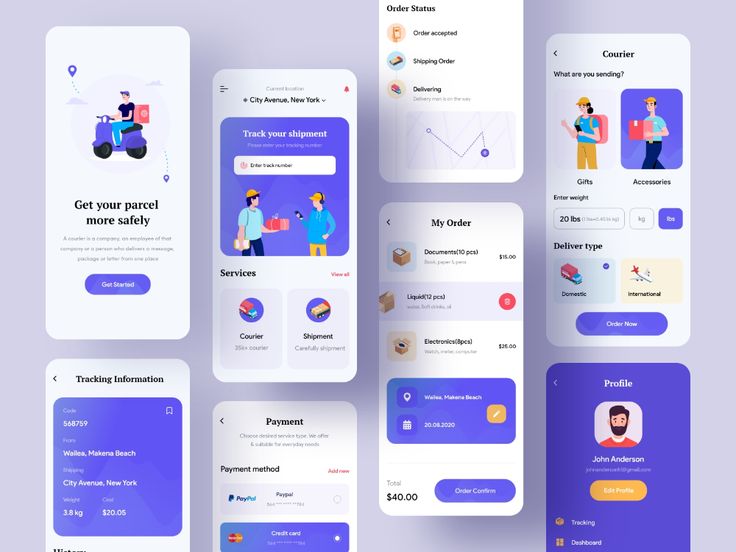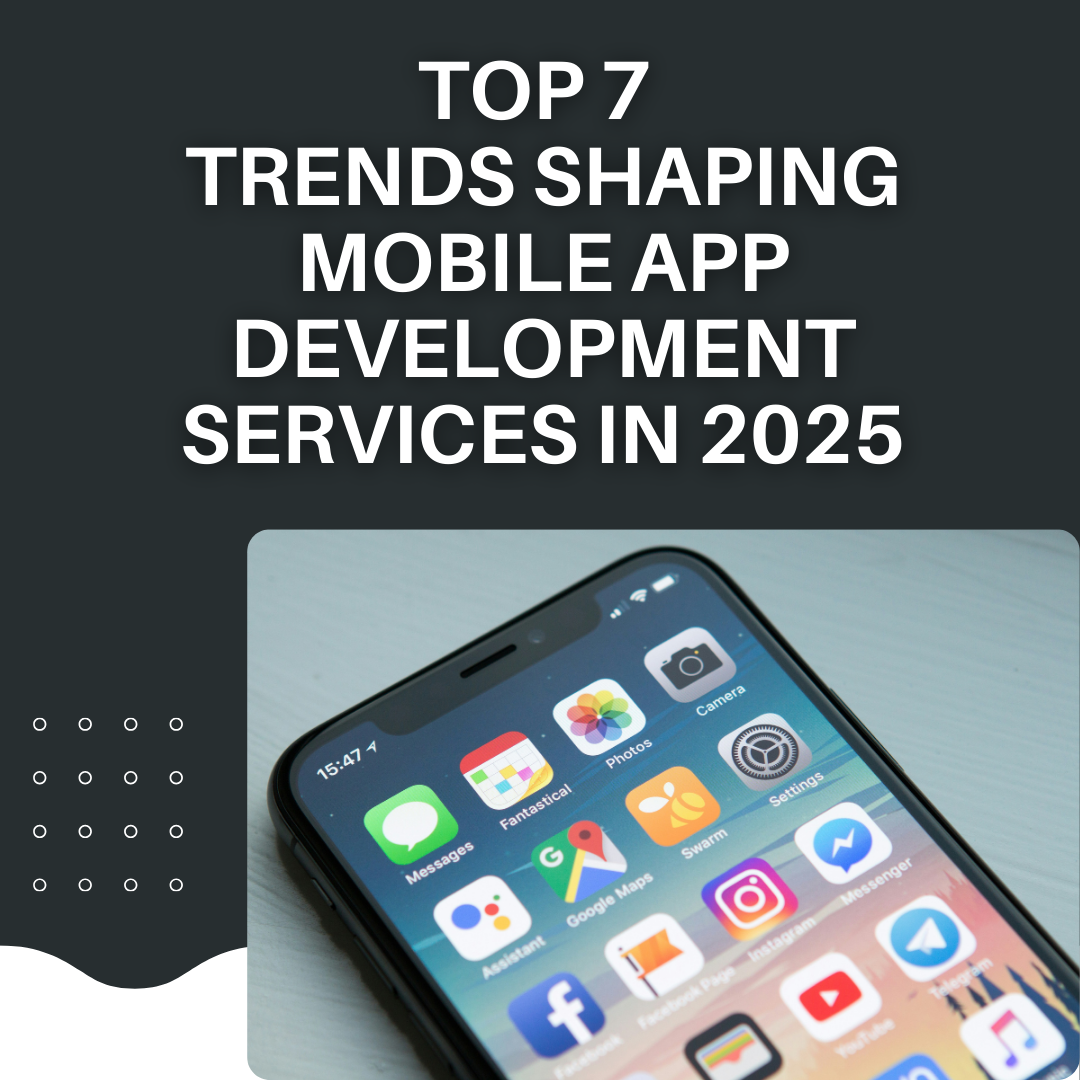A Deep Dive into Cross-Platform vs. Native App Development

Strong 8k brings an ultra-HD IPTV experience to your living room and your pocket.
In the fast-paced world of digital technology, businesses and developers are confronted with a crucial question when it comes to creating mobile applications: should they go for native development or choose cross-platform solutions? This decision plays a major role in shaping development timelines, costs, performance, and how easy it is to maintain the app in the long run. As mobile users increasingly demand seamless experiences across different devices, it's more important than ever to grasp which approach is genuinely more challenging to implement—and which one yields the best results.
✍️ Building an app is more than just writing code—it requires planning, design, testing, and maintenance. Learn how the app development lifecycle works and why businesses rely on modern frameworks to stay competitive.
Understanding the Fundamental Differences
Native App Development: Platform-Specific Excellence
When it comes to native development, we’re talking about building separate apps tailored for each platform—iOS and Android—using their unique programming languages and tools:
iOS Development: This typically involves Swift or Objective-C, all while working within the Xcode IDE.
Android Development: Here, you’ll be using Kotlin or Java, with Android Studio as your go-to environment.
Key Characteristics:
Direct access to all the device's hardware and APIs
UI/UX designed specifically for each platform
Performance that’s optimized for speed and responsiveness
Complete support for the latest features of the operating system
Cross-Platform Development: Write Once, Run Anywhere
Cross-platform frameworks give developers the power to write their code just once and then launch it on various platforms without a hitch:
Popular Frameworks:
- Flutter (by Google)
- React Native (by Facebook)
- Xamarin (by Microsoft)
- Ionic (web-based)
Key Characteristics:
- A single codebase that works across multiple platforms
- Quicker development cycles
- Lower development costs
- Use of JavaScript, Dart, or C# instead of sticking to platform-specific languages
The Learning Curve
Native Development:
- You need to really get the hang of platform-specific languages like Swift or Kotlin.
- Developers have to grasp the unique design principles of each platform.
- It’s essential to keep up with two different ecosystems, which can be quite a task.
Cross-Platform Development:
- It offers a smoother entry for web developers, especially those familiar with React Native.
- You only have to learn one framework.
- However, for those advanced features, you might still need some platform-specific knowledge.
Development Speed
Native:
- You end up doing double the work with separate codebases for iOS and Android.
- Testing takes longer.
- The CI/CD pipelines get pretty complicated.
Cross-Platform:
- You can reuse up to 60% of your code.
- Prototyping happens much faster.
- You can update both platforms at the same time.
Debugging and Maintenance
Native:
- You have access to platform-specific debugging tools.
- It’s easier to pinpoint performance issues.
- You’ll need to track bugs separately for each platform.
Performance and User Experience
Raw Performance Metrics
CPU Intensive Tasks: Native apps perform 15-30% better
Memory Usage: Cross-platform apps typically consume 20-40% more memory
Startup Time: Native apps launch 30-50% faster
UI/UX Considerations
Native Advantages:
Perfect adherence to platform design guidelines
Smoother animations and transitions
Immediate access to new OS UI features
Cross-Platform Challenges:
UI inconsistencies across platforms
"Uncanny valley" effect where apps feel almost—but not quite—native
Custom UI components often needed for polish.
Ecosystem and Long-Term Support
Access to Native Features
- Camera, GPS, Biometrics: Native apps enjoy direct and immediate access to these features.
- Cross-Platform: These apps often rely on third-party plugins, which can lag behind operating system updates.
App Store Compliance
- Native apps usually encounter fewer obstacles during the review process.
- On the other hand, cross-platform apps can sometimes be flagged for using web views or components that aren’t standard.
Future-Proofing
- Native apps tend to be more resilient when it comes to framework deprecation.
- In contrast, cross-platform apps run the risk of becoming obsolete if their framework loses support.
Cost Implications: Short-Term vs. Long-Term
Development Costs
- Native: Generally, it’s about 30-50% pricier at the start.
- Cross-Platform: You’ll save on initial costs, but be aware that maintenance might end up costing more in the long run.
Team Composition
- Native: You’ll need specialists who know the ins and outs of each platform.
- Cross-Platform: A team of generalist developers can usually get the job done.
Hidden Costs
- With cross-platform, you might eventually need native developers to fine-tune things.
- Native development often means putting in double the effort for features that are specific to each platform.
When to Decide on Your Approach
Go for Native When:
- You're creating apps where performance is key, like games or AR/VR experiences.
- You want to tap into specific features of the platform, such as the Apple Pencil or Android widgets.
- Delivering a top-notch user experience is your main goal.
- You have the resources to maintain the app over the long haul.
Opt for Cross-Platform When:
- You're working on a minimum viable product (MVP) or a proof-of-concept.
- You need to reach both platforms but are working with a tight budget.
- Your team is well-versed in JavaScript or Dart.
- The app doesn’t need access to the latest hardware capabilities.
Emerging Trends and Future Outlook
The Blurring Line Between Approaches
New frameworks like Flutter are really narrowing the performance gap.
Native platforms are starting to embrace more cross-platform ideas, like SwiftUI and Jetpack Compose.
Web Assembly might just open the door to exciting new hybrid possibilities.
The Rise of Adaptive UI
Frameworks are getting better at automatically adjusting to the conventions of different platforms.
Design systems are evolving to be more sophisticated in the realm of cross-platform tools.
Conclusion: Which Is Truly Harder?
The answer really depends on how you look at it:
For beginners and small teams, cross-platform development might be easier to kick off, but it can get tricky when it comes to perfecting it.
For seasoned developers, native development might seem tougher at first, but it usually provides better control in the long run.
For businesses, the choice often comes down to weighing short-term costs against long-term user satisfaction.
If you’re thinking about how to build an app, take a moment to reflect on your technical skills, your target audience, and your long-term objectives before settling on a particular approach. Both paths have their advantages, but the "right" choice really hinges on your unique needs and limitations.
Would you like a deeper dive into comparing specific frameworks like Flutter and React Native? Or maybe some case studies showcasing real-world applications? Just let me know how I can customize this information to better suit your needs!
Note: IndiBlogHub features both user-submitted and editorial content. We do not verify third-party contributions. Read our Disclaimer and Privacy Policyfor details.







